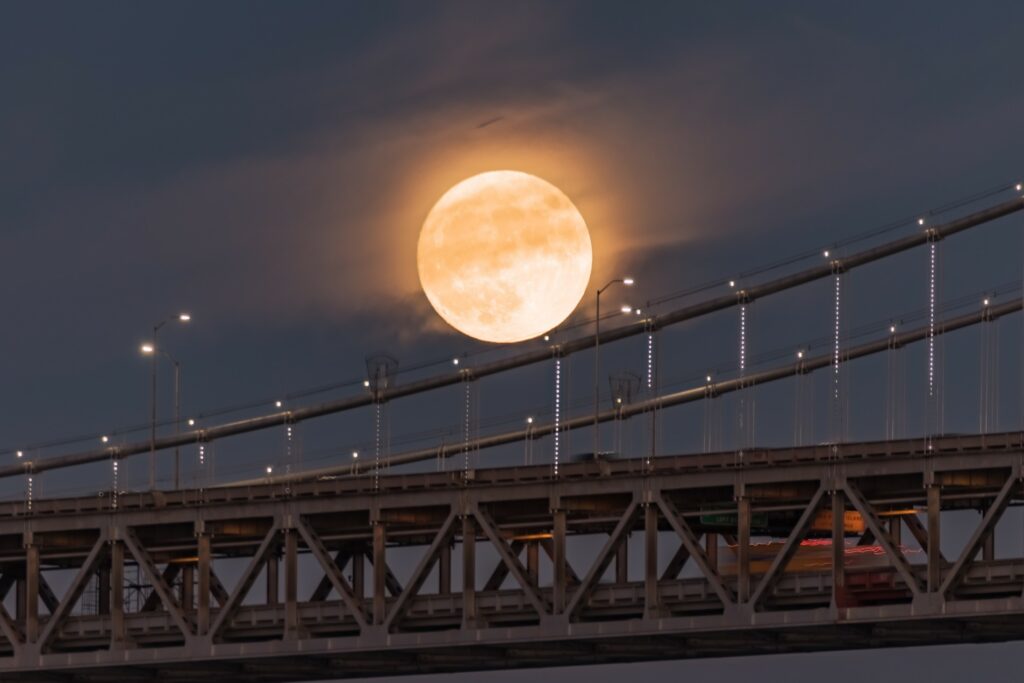
Heavy Rain, Flooding, and Chance of Severe Weather Staring Down the Southern U.S.
January 22, 2024
Posted: August 11, 2022 1:47 pm





The final supermoon of 2022 appears tonight on August 11, and it will be highlighted by a Perseids meteor shower that will be visible all night and into the early morning hours. The shower has been active for weeks, but tonight the activity reaches its peak. The supermoon occurs when a full moon coincides with the earth’s closest approach to the moon.
The moon appears larger and brighter than normal, but the brightness of the moon might eclipse many of the meteors that might be visible during the annual astronomical event. The appeal of the double event will still attract professional and amateur astronomers who might see more because of August’s cloud-free conditions for much of the country and the warm weather.
Despite the washing out of the shower by the supermoon’s light, experts estimate that determined viewers can still catch anywhere from 60 to 100 meteors per hour. Despite the brightness of the moon, you can see shooting stars all night in all parts of the sky. That’s better viewing than 95% of other times.
You can focus your search on the darker areas of the sky and ignore the moon as much as possible. The more stars that you can see, the more visible meteors become. The meteors will be present in everywhere for all of the night and early morning of Friday, August 12, 2022.

Cloudy conditions might prevail in certain local areas, but there are no major storms on the horizon. Skywatchers across the Intermountain West, which includes the Snake River Plateau and Columbia River Basin in the northwestern United States, western Utah, the greatest Basin in Nevada and the Colorado Plateau, might experience cloudy conditions. The same holds true for the Southeast, Upper Midwest and the Canadian prairies.
Viewers can still view a celestial light show on the peak night of August 11 and days beyond. The moon won’t be as bright on later nights, so you might just get your wish to wish upon a falling star. Dimmer meteors might be viewable in the days after the peak of the Perseids Meteor Shower.
The next meteor show of moderate intensity takes place in late October of 2022. Called the mid-Autumn Orionids, this show doesn’t produce nearly as many meteors as the Perseids, but the event is the best bet for amateur astronomers to view meteors in the fall. You can also view the Leonids in mid-November. The Geminids of December are almost as hyperactive as the Perseids, but you usually run the risks of increased cloudy or snowy conditions across much of the country.
Did you find this content useful? Feel free to bookmark or to post to your timeline for reference later.

January 21, 2024

January 19, 2024

January 18, 2024